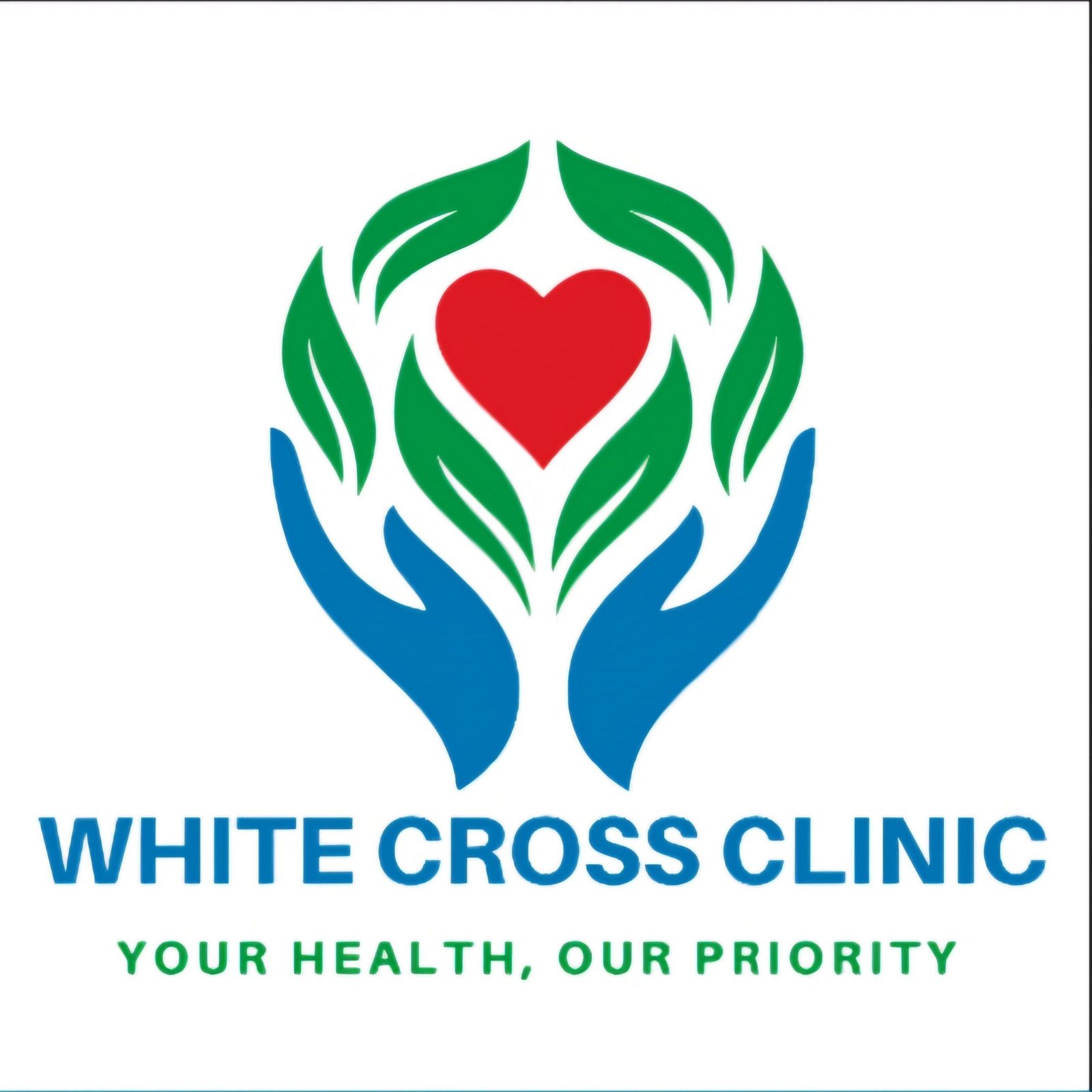Overview
Corns and calluses are thick, hardened layers of skin that develop when the skin tries to protect itself against friction or pressure. They often form on feet and toes or hands and fingers.
If you’re healthy, you don’t need treatment for corns and calluses unless they cause pain or you don’t like how they look. For most people, simply removing the source of the friction or pressure makes corns and calluses disappear.
Products & Services
Symptoms
Signs and symptoms of corns and calluses include:
- A thick, rough area of skin
- A hardened, raised bump
- Tenderness or pain under the skin
- Flaky, dry or waxy skin
Corns and calluses are not the same thing.
- Corns are smaller and deeper than calluses and have a hard center surrounded by swollen skin. They can be painful when pressed. Hard corns often form on the top of the toes or the outer edge of the small toe. Soft corns tend to form between the toes.
- Calluses are rarely painful and tend to develop on pressure spots, such as the heels, the balls of the feet, the palms and the knees. They may vary in size and shape and are often larger than corns.
When to see a doctor
If a corn or callus becomes very painful or inflamed, see your health care provider. If you have diabetes or poor blood flow, seek medical care before self-treating a corn or callus. This is important because even a minor injury to your foot can lead to an infected open sore (ulcer).
